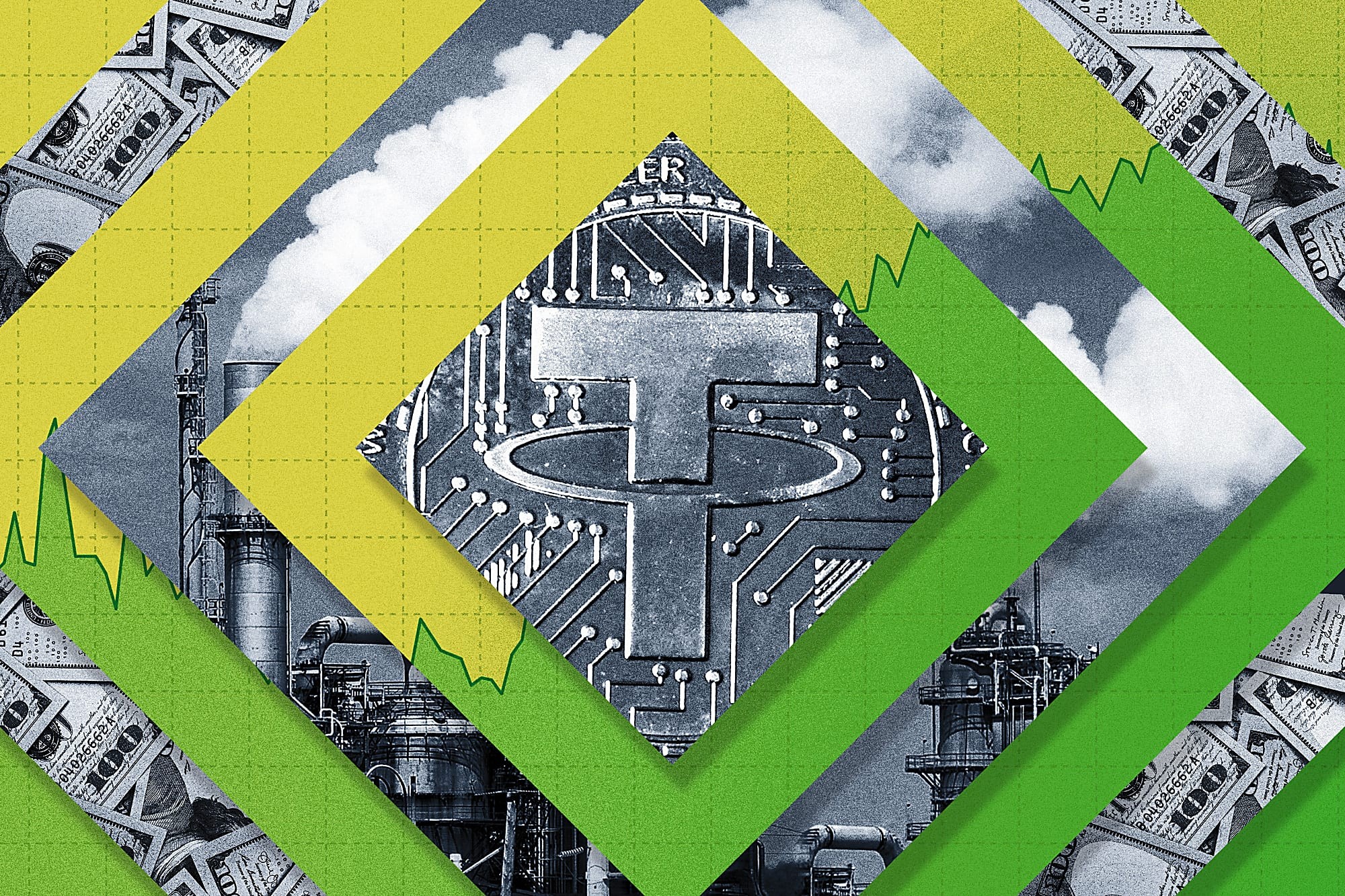
In the murky depths of the global financial system, a parallel economy thrives, powered by what experts call the "shadow dollar." This underground currency system has become the lifeblood of illicit transactions worldwide, enabling everything from drug trafficking to terrorist financing.
Unlike traditional banking systems, shadow dollars operate outside regulatory oversight, making them attractive to those seeking to avoid detection. These digital tokens mimic the stability and widespread acceptance of the U.S. dollar, but without the traceability.
The rise of cryptocurrencies has accelerated the growth of shadow dollars. While blockchain technology offers transparency, sophisticated mixing services and privacy coins provide layers of anonymity. This has created a perfect storm for financial criminals looking to move large sums undetected.
Law enforcement agencies face an uphill battle in tracking these shadow transactions. The decentralized nature of the systems makes it challenging to identify the individuals behind them. Additionally, the rapid pace of technological innovation often outpaces regulatory efforts.
The impact of shadow dollars extends beyond criminal enterprises. Some argue they provide financial access to underserved populations in unstable economies. However, critics contend this comes at the cost of enabling money laundering and tax evasion on a massive scale.
As governments grapple with how to regulate this parallel financial system, the shadow dollar continues to grow in influence. Its existence highlights the ongoing tension between financial innovation and the need for oversight in an increasingly digital world.
The future of global finance may well be shaped by how nations address the challenge posed by shadow dollars. As this underground economy expands, finding a balance between innovation and security becomes ever more critical for the stability of the world's financial systems.